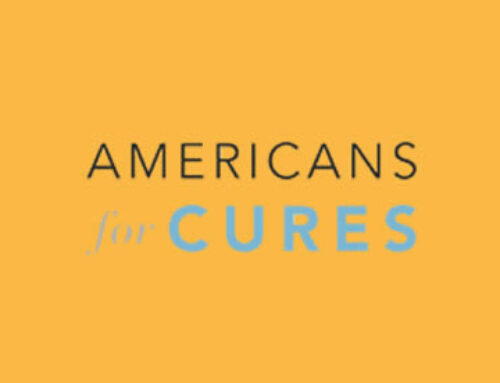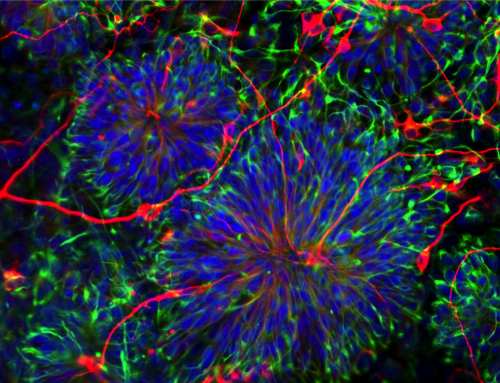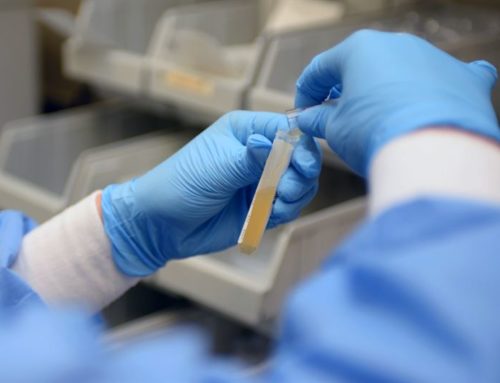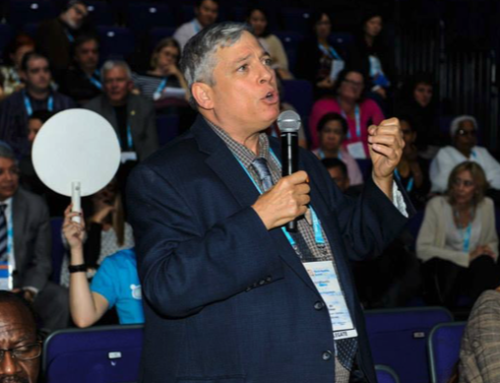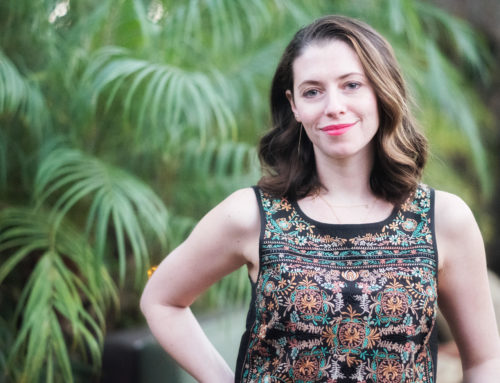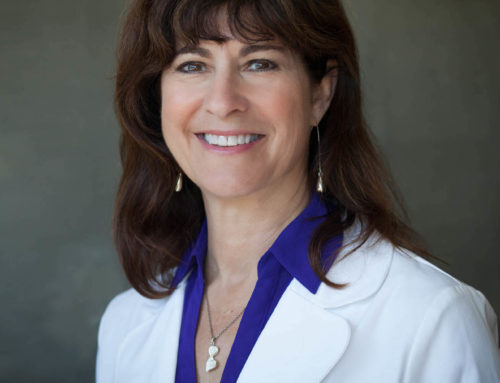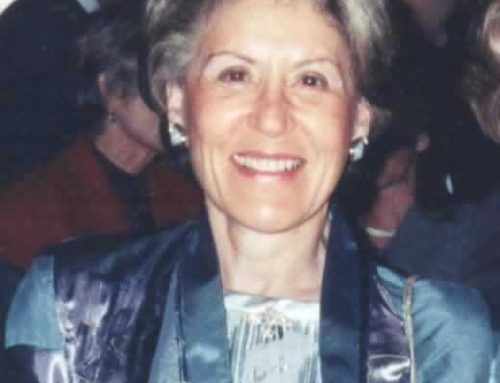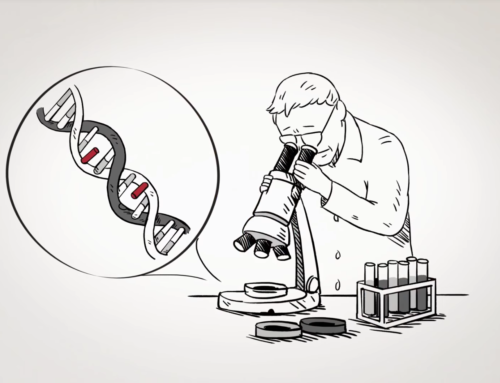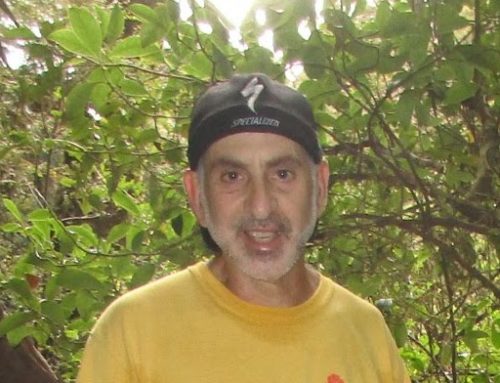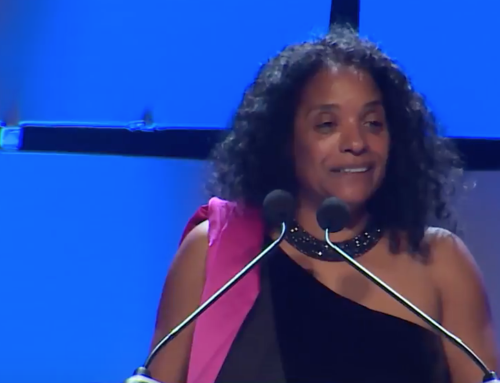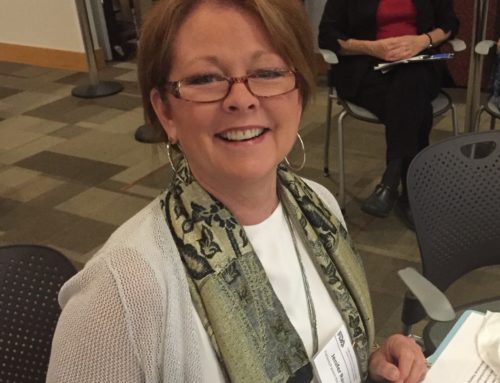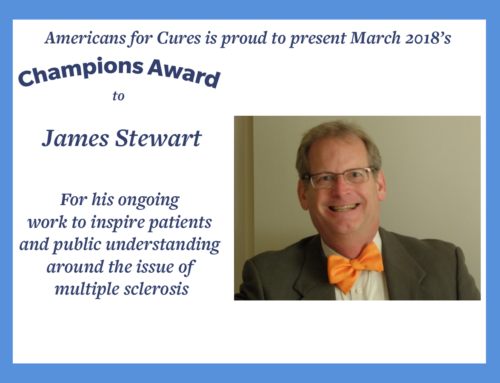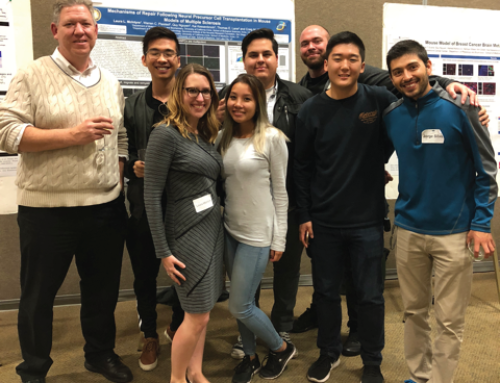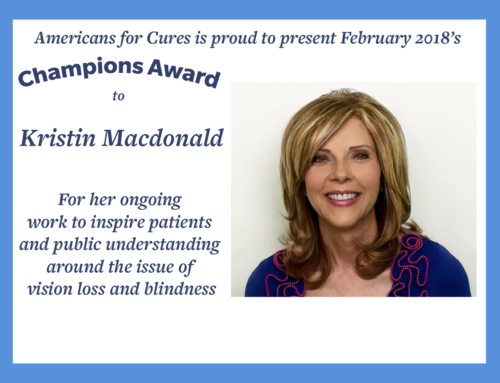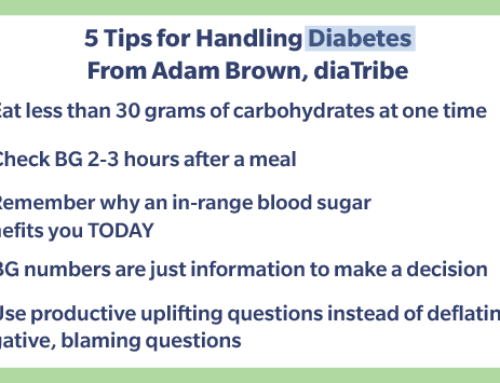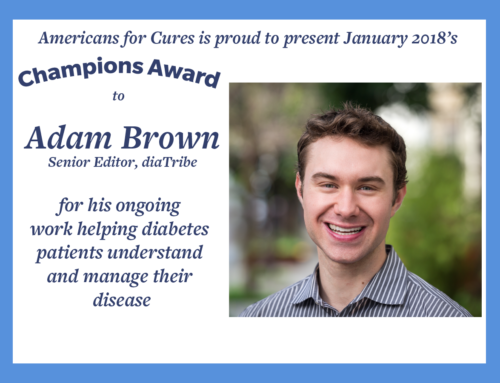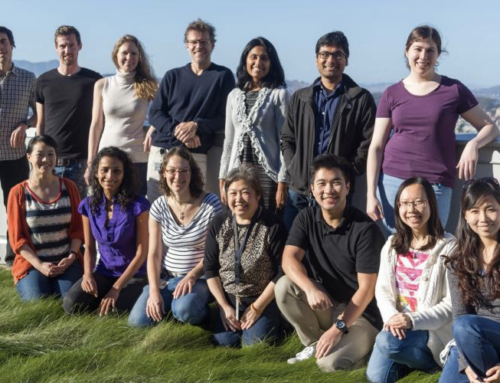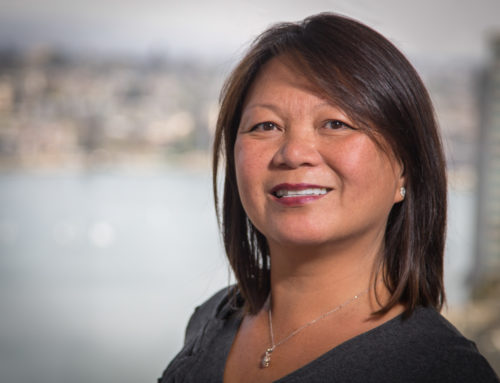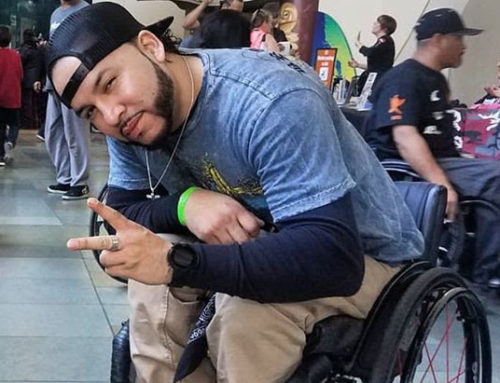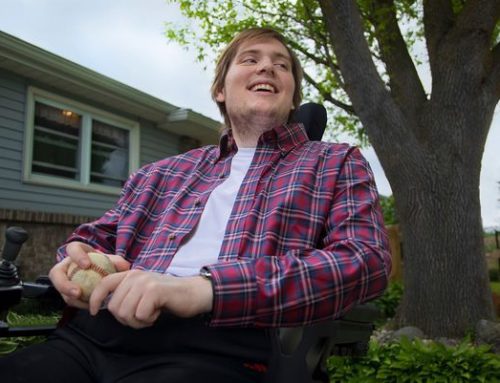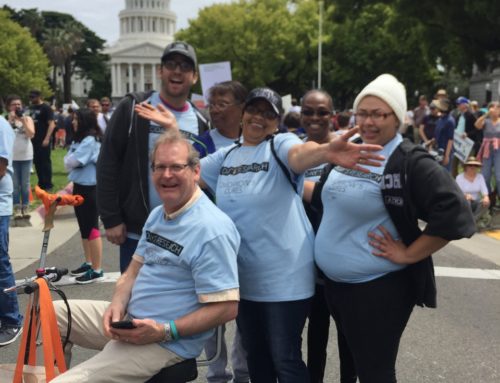My wife Gloria tries to only use our home stairs twice daily: coming down in the morning, and climbing back up at night.
You would understand why if you could look inside her knees.
A healthy joint has an internal cushion of smooth white cartilage: Gloria’s is mostly gone. As a result, her leg bones grind together, and she suffers.
She is not alone. Arthritis affects 30 million people in America.
Artificial knee joints exist, metal/ porcelain replacements. But people who have endured the transplant process report a 6-12 week recovery period; for some it is painful to the point that they decline a second surgery on the other limb. Also, there are no guarantees the surgery may not need to be repeated.
Visiting the CIRM website was a comfort as always; here are people fighting on our side. First, I found 4 completed projects attacking arthritis, for a total of $14,757,684. These were all from outstanding scientists: Peter Schultz of Scripps Research Institute, Dan Gazit of Cedars-Sinai Medical Center, Dennis Evseenko of UCLA, and Darryl D’Lima director of orthopedic research at Scripps Clinic.
There was a fifth project, also by Darryl D’Lima, M.D., Ph.D., a leader in the field of joint repair and replacement.
In 2000, Dr. D’Lima won the Best Cartilage Basic Science Award from the International Cartilage Repair Society, and he has stood out ever since.
His co-workers are also tops in their field: people like Clifford Colwell, who established the Shiley Center for Orthopedic Research and Education (SCORE) at Scripps Clinic in San Diego where both men work: Scripps orthopedic surgeons William Bugbee and Heinz Honecke, as well as veteran scientists Martin Lotz, Jeanne Loring, Evan Snyder from Sanford-Burnham and Shawn Grogan, tissue engineer—that list is like a “Who’s Who” in scientific excellence!
D’Lima’s project had the usual gigantic title: “Embryonic stem cell-derived chondroprogenitor cells to repair osteochondral defects”—scientists can’t say anything without big words! The key term is “chondro”, relating to bone and joint. “Chondro-progenitor cells” means the inbetween cells that may be helpful to bones and joints.
The grant was for more than seven million ($7,660,2110 a good sign in itself.. CIRM does not lightly give away large quantities of cash.
Disease Focus: Arthritis, Bone or Cartilage Disease
Status: Active.
What was Grant Number PCl-08128’s approach?
As I understand it, Dr. D’Lima wants to do a knee implant with a gel structure, a scaffold, tough but biodegradable (so that it will eventually break down and be disposed of by the body) with start-up cells inside to grow the needed body tissues, replacing what was gone:
“…constructing scaffolds that are seeded with cells…programmed to (change) into bone and cartilage cells…
It claimed “the unique advantage that the same material is universally applicable to all patients…” (within the targeted age group).
The aim was “early osteoarthritis” for people under 55, which would not helpful to Gloria or me (both of us are in the past 70 category), but the technique might be “tweakable”, later on.
Why choose the early form of the condition?
“For younger patients with severe arthritis or impending arthritis, there is no treatment that can prevent, cure, or even slow the progression of this disease.”
It is bad enough for oldsters like my wife and me to have the condition—but for young people to suffer almost their whole lives? That would be terrible indeed.
Instead, they might end up with what feels and acts like a new knee…
What was the background? Dr. D’Lima’s previous CIRM experiment was successful enough to be carried out over three years (Grant TR-0126) for $3,118,431. It used both embryonic stem cells (like the later project) and also iPS cells (induced Pluripotent Stem cells), the “almost embryonic” stem cells.
How is the new project working?
“Major milestones for year 1 set by CIRM were met. A cell manufacturing and quality control process was established to generate cell banks that would be safe and suitable for clinical work. The cells passed all established laboratory criteria to measure potency in repairing tissue and treating arthritis…The first pre-clinical experiments were initiated.”
“The funding provided by CIRM is essential to the development and support of the research we are doing with regard to tissue regeneration at Scripps,” said Dr. D’Lima, “With this grant we plan to continue our progress in this field and move toward clinical trials (by 2018)”.
Thirty million suffering people—and their families— should wish Darryl D’Lima all success.
This post originally appeared on HuffPost.
Don C. Reed is Vice President of Public Policy for Americans for Cures, and he is the author of the forthcoming book, CALIFORNIA CURES: How California is Challenging Chronic Disease: How We Are Beginning to Win—and Why We Must Do It Again! You can learn more here.





